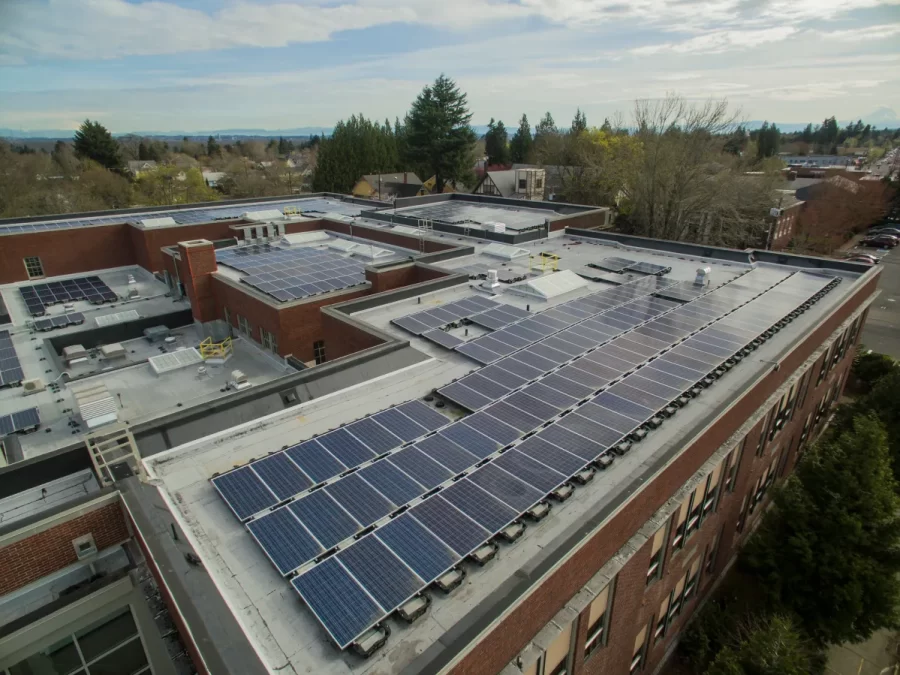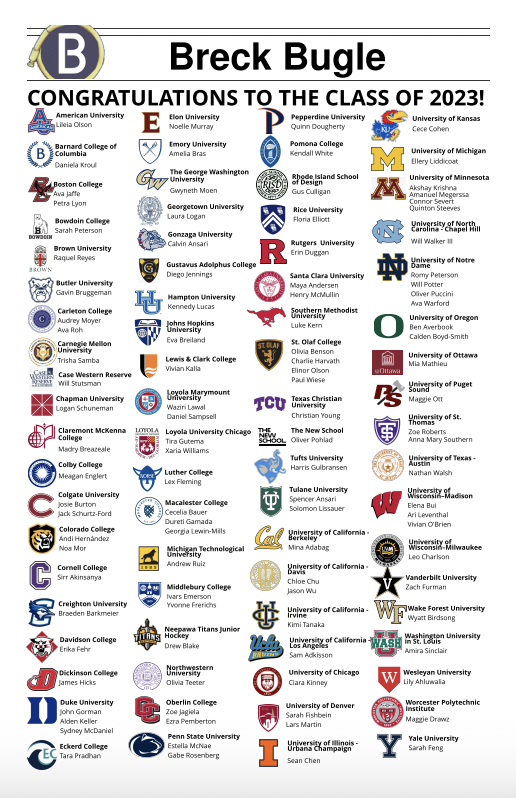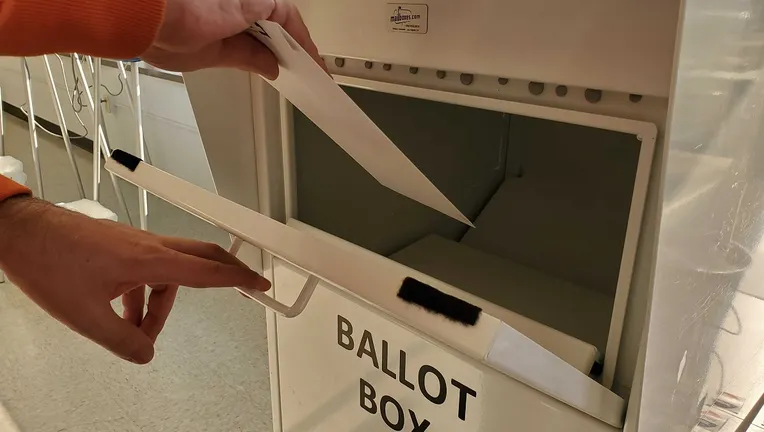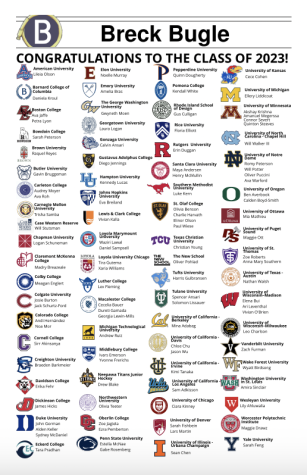US Midterms: Predictions and Results
The Midterm elections are over and many people are thinking about the future of the country, and how these elected politicians can relate to or alter our lives. These are some of the achievements made in these elections, and overall results on both the state and national levels.
For Minnesota, some new milestones were reached. A new county commissioner in the state, Mai Chong Xiong, has become the first Hmong to fill the position. Liz Lee is now the first female Hmong legislator to be a representative for District 67A. A role in the state Legislature was up for election this year, and Samakab Hussein won with 71% of the votes, becoming the first Somali American to be in the St. Paul Legislature. A final milestone to highlight is Mary Frances Clardy, a public school teacher in St. Paul. She is now one of the new representatives for Minnesota, which will hopefully bring change to school teacher and student laws, and make improvements in our school system. Looking at the Minnesota state House, 8 representatives were up for election this year, four being Democratic: Angie Craig, Dean Philips, Betty McCollum, and Ilhan Omar, and the other four being Republican: Brad Finstad, Tom Emmer, Michelle Fischbach, and Pete Stauber. The race for governor was focused on the two competitors many of us have heard lots about–Democratic governor Tim Walz and Scott Jensen, a Republican physician. Walz was reelected, winning 52.3% of the votes to Jensen’s 44.6%.
The US midterm elections overall were very close. Heading into the election Democrats held the majority in the House of Representatives, 220 to 212. As of now 405 out of 435 seats have been called and the Republicans lead with 211 to 194. The Republican party is underperforming compared to what political experts expected. This could be the weakest performance by the President’s opposing party in midterm elections since 2002. A highlight of the House race was Maxwell Frost who is the first Generation Z member of congress. In terms of the senate, 31 of the 35 seats have been called and Republicans are in the lead with 48 to 46 seats. Before the election, Republicans had 28 governors and the Democrats had 22; as of now with 33 out of 36 seats called, Republicans have 24 and Democrats have 23. With big voting turnout in the wake of the overturning of Roe V. Wade, some states included abortion and reproductive rights on their ballot. Voters in Vermont, California, and Michigan approved constitutional amendments protecting abortion rights. Kentucky and Montana rejected ballot measures that didn’t protect abortion.
This year’s midterm election had some milestones, but it also reinforced the division of the country.

































